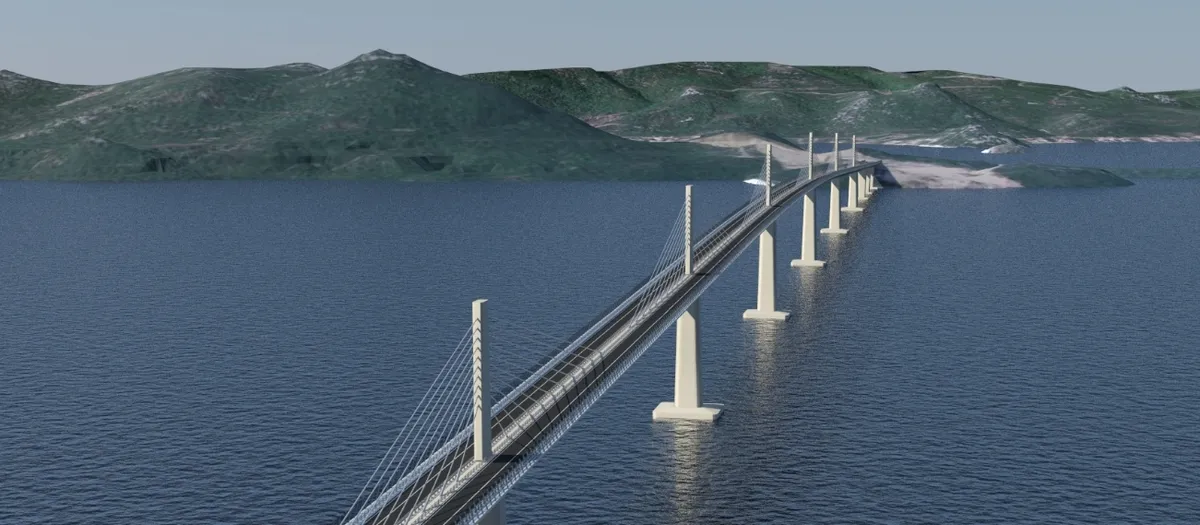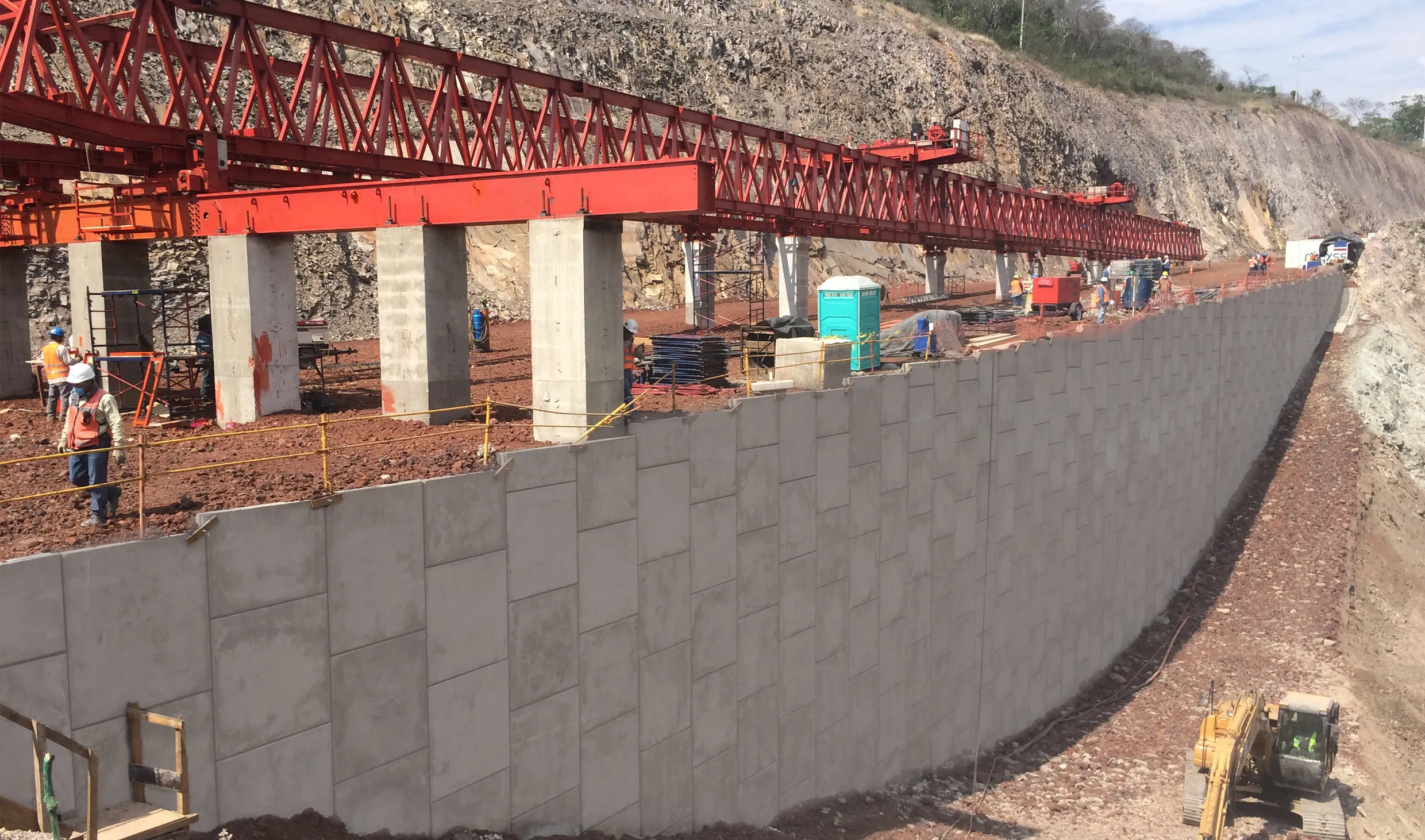The European Commission has approved €165 million for expansion and upgrading of Croatia’s Istrian Y - Istarski Ipsilon - road network.
The Istrian Y on the northern Istrian peninsula near Italy consists of a section of the A8 betweenb Matulji-Kanfanar and a section of the A9, from the Slovenian border-Kanfanar-Pula.
The name is derived from the geographic layout of the highway network that takes the shape of the letter ‘Y’. The three stretches meet at the Kanfanar Interchange in south central Istria.
The complex was built and is maintained by the Croatian company BINA Istra, founded in 1995. The concession agreement was for 32 years, until 2027.
Ownership of the Bina Istria is BINA Fincom (67%), Bouygues (16%), Hrvatske autoceste (14.8%) and Istarska autocesta (2.2%).
The north-east section of the ‘Y’ is a 64km stretch of the A8 from Matulji and finishes at the Kanfanar interchangem where it meets the A9. Along this A8 section is the 3.4km Učka Tunnel, the third longest in Croatia and opened in 1981.
The northwest branch of the Istrian Y is a 77km A9 section connecting the Croatian-Slovenian border near Sečovlje. Along this section is Croatia’s highest bridge, the 520m-long girder Limska Viaduct, opened in 1991 and rising 120m above ground.
EC approves Croatia’s Istarski Ipsilon – Istsrian Y - expansion
The European Commission has approved €165 million for expansion and upgrading of Croatia’s Istrian Y - Istarski Ipsilon - road network. The Istrian Y on the northern Istrian peninsula near Italy consists of a section of the A8 betweenb Matulji-Kanfanar and a section of the A9, from the Slovenian border-Kanfanar-Pula. The name is derived from the geographic layout of the highway network that takes the shape of the letter ‘Y’. The three stretches meet at the Kanfanar Interchange in south central Istria.
June 22, 2018
Read time: 2 mins








